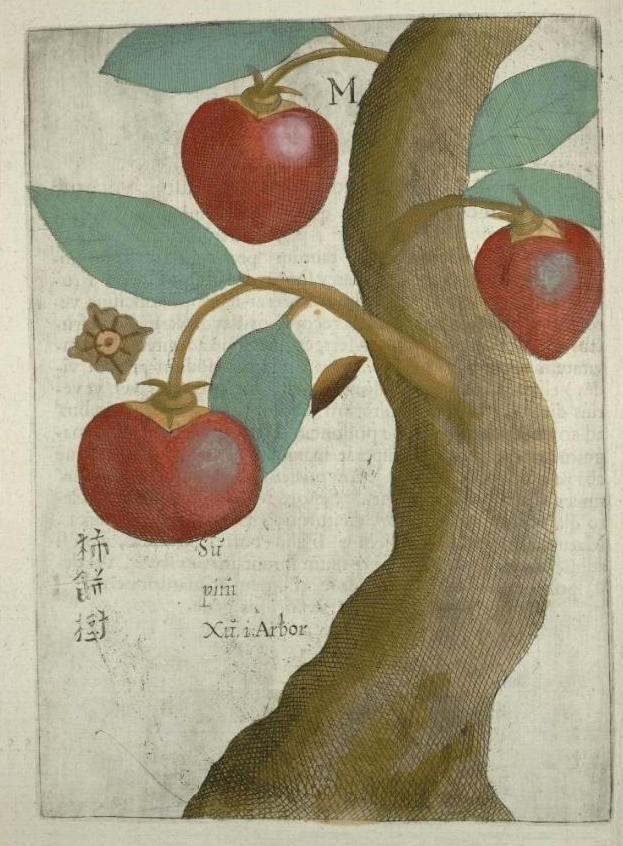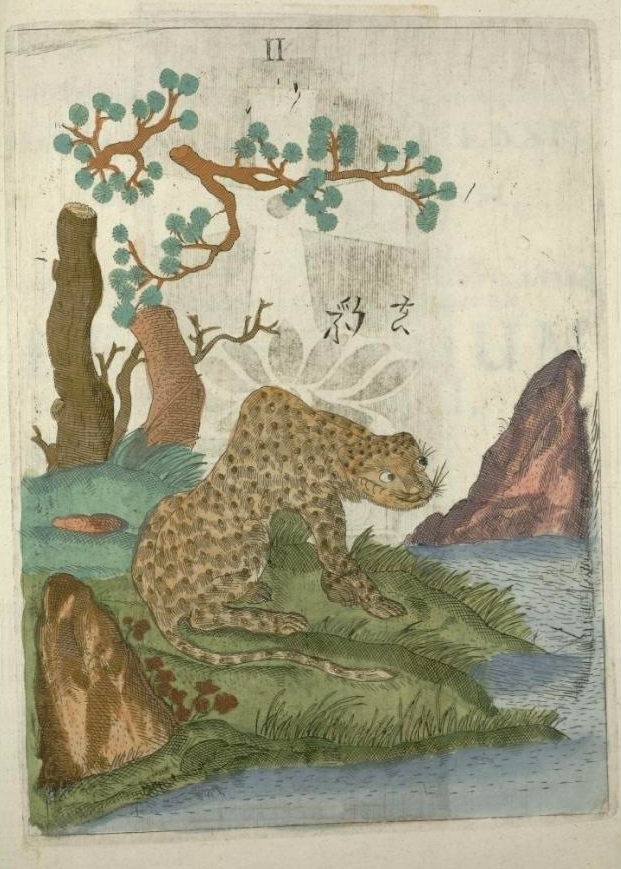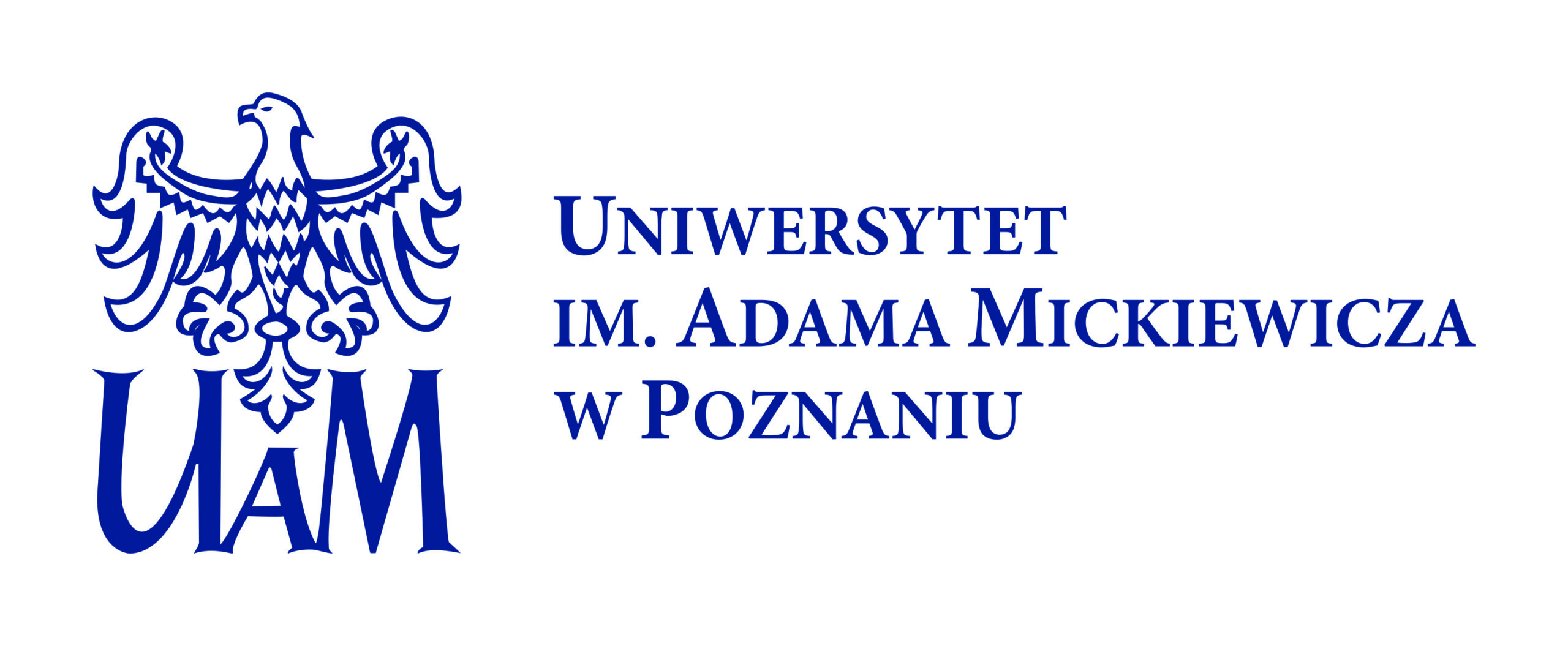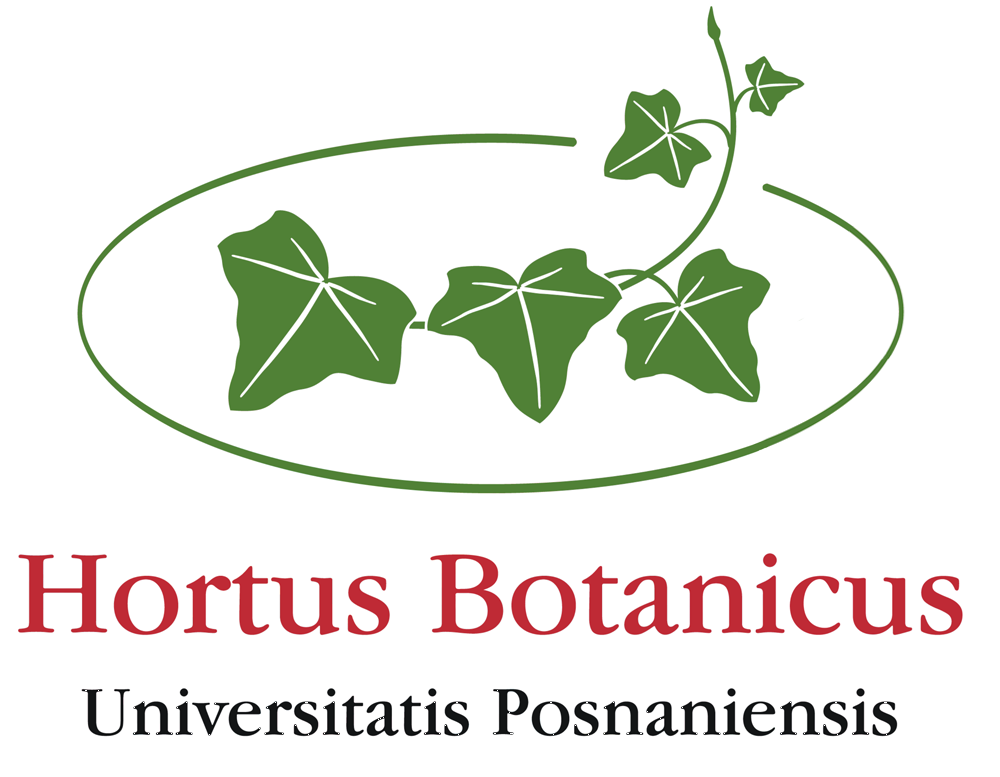educational path
(details)
Nature and Journey,
the story of Polish people abroad
4/7
Michał Boym
(1612-1659)

Michał Boym was a Polish Jesuit who became famous as an orientalist and naturalist. In 1643, he set out as a missionary to China, and during his journey through East Asia he devoted himself to the observation of nature and cartography. He created an atlas of China in which he marked the exact locations of cities, rivers, mountain ranges, as well as the Great Wall of China and the Gobi Desert. He also included drawings of nature and architecture, as well as historical and ethnographic descriptions. His maps provided a reliable supplement to the contemporary knowledge about the Middle Kingdom.
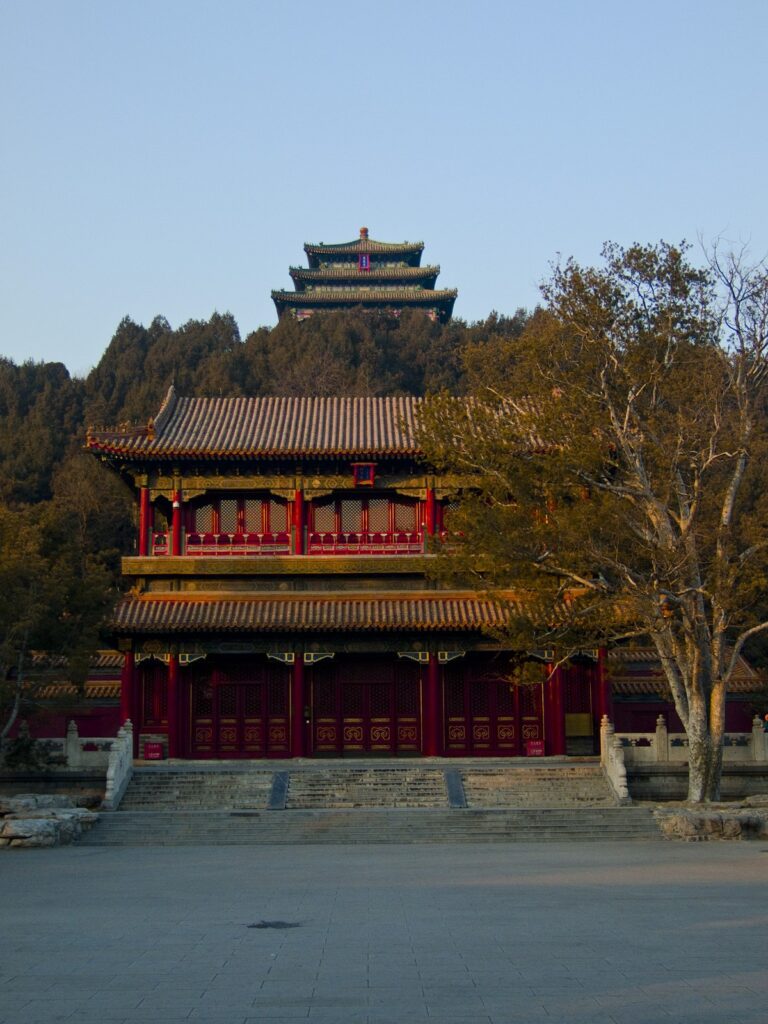
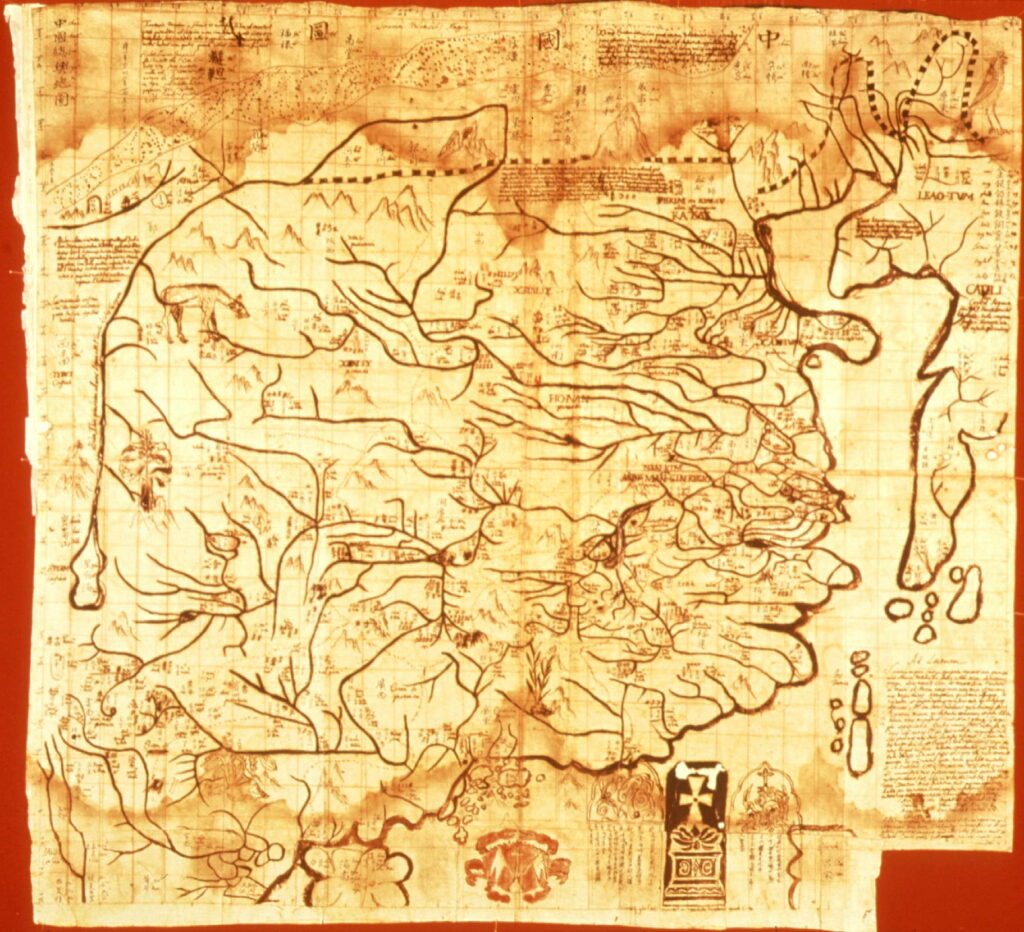
The missionary’s most renowned work was Flora Sinensis, published in 1656, which was the first European publication that documented the flora of China. Boym provided descriptions and illustrations of species previously unknown in Western countries and elaborated on their medicinal properties. Despite its title, Flora Sinensis was a multidisciplinary publication, including zoological, cultural, and historical aspects. The work served as a kind of memoir of Boym’s journeys through the lands of the Far East.
Michał Boym was the first European author to provide scientific descriptions of several exotic plant species, now identified as jackfruit (Artocarpus heterophyllus Lam.), dwarf banana (Musa basjoo Sieb. et Zucc.), lychee (Litchi chinensis Sonn.), and Oriental persimmon (Diospyros kaki L.), also referred to as kaki. This particular species is a cultivated fruit tree reaching up to 15 meters in height. Boym described its fruits as comparable in shape and size to apples or tomatoes, displaying a range of colors from yellow to orange and deep red. The name su-pim (shibing), given to the tree by the missionary, translates as “persimmon cake,” since the fruit pulp was dried into small cakes and eaten in that form. Persimmons have been traditionally used for medicinal purposes. Their fruits are rich in vitamin C and antioxidants. Unripe fruits were used to reduce fever, while infusions made from the leaves help with coughs and digestive issues.
